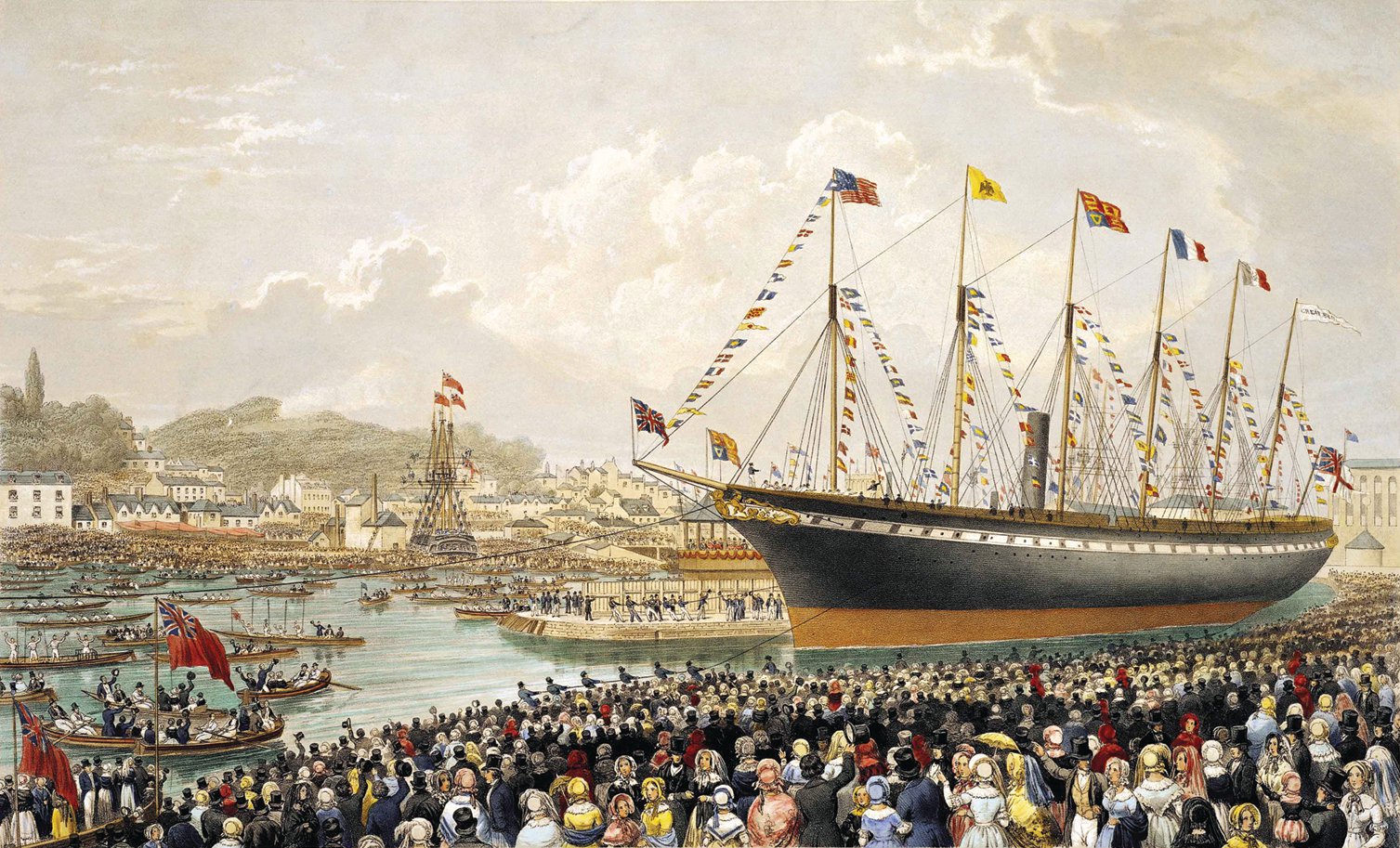
Perhaps you think we never looked forward either. I can’t recall the last time I selected either moss or resin at a gas station. Or even coal dust though I can at least vaguely imagine doing so in some alternative steam-punk universe. But the unpronounceably named Pryewhatever was the first internal combustion engine in actual practice, powering a boat up the Saône river in France, which is why Napoleon gave its inventor Nicéphore Niépce a patent in 1807.
Bits and pieces of the technology had been around for a very long time, from a crank and connecting rod at a sawmill in Hierapolis in Roman Asia Minor in the 3rd century AD to, well, other cranks and rods until al-Jazari’s 12th-century two-cylinder crankshaft pump. And then in the 17th century Samuel Morland began experimenting with gunpowder to power a water pump which frankly makes resin sound like a good idea. At any rate, a lot fewer people have been blown to bits by resin gone bad.
Of course then you got James Watt’s steam engine and all that. But people kept thinking you could make a more effective engine using something more inherently explosive than water if you didn’t die trying. By the very late 18th century people had internal combustion engines but without compression. By 1801 one Philippe LeBon D’Humberstein thought of compression in a two-stroke gas engine. And then in 1807 the guy with the unpronounceable name put one into a vehicle and the rest is history.
Slow-moving history, you may think. The Pyrewhoosit didn’t exactly roar up the unpronounceable river like a hovercraft. And the moss-fuel thing didn’t work out despite period bursts of fringe enthusiasm for peat. But the internal combustion engine went from strength to strength with gathering steam substitute. Indeed by coincidence it was exactly 96 years after Niepamacallit’s patent, on July 20 1903, that the Ford Motor Company shipped its first car. But not, as you’re aware, its last.
It’s odd to think of how more dramatically everyday life changed between 1807 and 2007 than it had between 1807 and 1607, to say nothing of the rate of change from 1007 to 1607, or 207 to 1007. I don’t know if people will ever find gasoline as fuel as funny as moss, resin and coal dust. But it is safe to say that given the trajectory of the internal combustion engine from what’s that noise?… and that smell?... to clunky hand-made cars to the United States being able, in Will Rogers’ apt phrase, to go to the poorhouse in an automobile by 1929, the incredible transformation of our lives from work to leisure to courting that resulted, successive technologies are likely to develop at even more unsettling speed.
We might at least look ahead and ask whether we’re hurtling up the river toward the New Jerusalem or some nasty rapids. You know. While there’s still time to switch the smelly thing off and hoist a sail or something.






